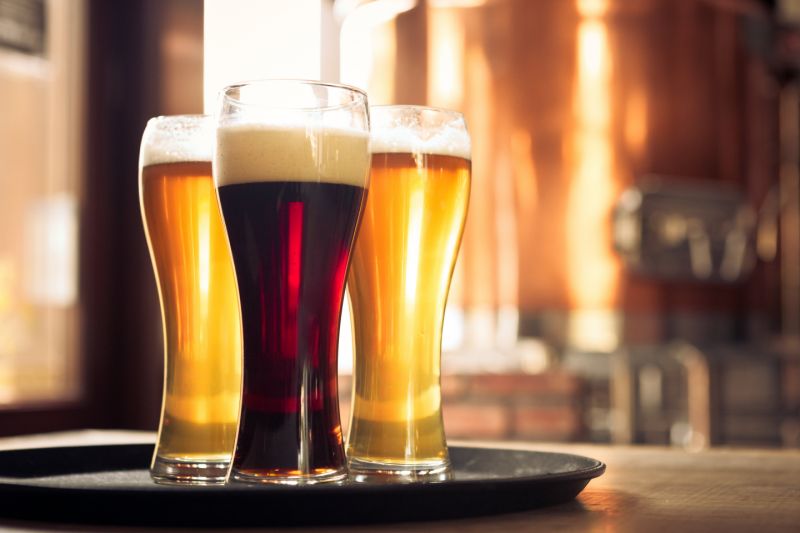
How Brands Can Respond to the Movement Toward Craft
Filed Under: Best Practices, Market Research
Matt Werner
Vice President, Quantitative Research
Over the past decade, the beer industry has gone through a dramatic shift as craft beer has gobbled up market share at the expense of macro brands. According to the Brewers Association (a leading advocacy group for craft brewing), the number of beer breweries in the US has increased from 1,460 in 2006 to 5,301 in 2016. This proliferation of craft beer brands has led macro brewers like MillerCoors and AB InBev to scramble to hold onto their share of the market. Their successes and failures, and the trend toward craft beer in general, provide lessons other categories can learn from.
Before examining some of the strategies employed by macro beer brands to combat the movement toward craft beer, it’s helpful to understand how the industry has reached this point. A white paper in the Economist describes the evolution of this market toward craft through a “J-Curve” conceptual framework. The Economist J-Curve includes the following steps:
The beer industry has clearly progressed to the point of “premiumization.” It’s been well-documented that consumers have been increasingly looking for brews that are made locally in small batches, that use craft ingredients, and that often come at a premium price. These qualities are not typically associated with national brands, obviously leading to a dramatic shift in the market landscape.
So how can macro brands react? They have tried several approaches. While some have led to success, these experiences also show how much care is needed in handling and nurturing a passionate consumer base. Beer brands have tried…
Changing messaging to play up their various brands’ ties to the local community.
This approach can be effective, particularly within markets where the brands were born or where there is existing local pride in the brew (think Miller Lite in Milwaukee, Bud Light in St. Louis, or Coors Light in Colorado). But many brands already have such strong national awareness and branding that this effect may be limited outside of the home market. And while it can be effective in holding onto market share, it doesn’t contribute to the image of the macro brand as “crafty.”
Developing new brands that use craft ingredients, and minimizing that brand’s association with the parent company.
Both Blue Moon (MillerCoors) and Shock Top (AB InBev) have been carefully positioned as “craft” by the parent company. Although this has clearly been successful, caution is needed. Craft beer aficionados and the Brewers Association have heavily criticized both of these brands for not clearly calling out that they are owned by larger corporations. This has been so sensitive an issue that lawsuits have even been filed over macro breweries positioning brands as “craft.” So, although these brands are selling well (and some may in fact have been true precursors to the craft movement), craft beer buffs have not fully bought in.
Buying up well-established craft brands.
This has arguably been the most successful approach–buying a craft brand with established street cred (e.g., AB InBev’s purchase of Goose Island in 2011) brings in a loyal consumer base and allows for broader distribution of the brand. However, this can also backfire. Craft Brewers have recently organized a boycott of 14 brands owned by larger corporations. And when Elysian was purchased by AB InBev, it led to an intense backlash against the brand by Elysian’s passionate fans. A Nielsen study commissioned by the Brewers Association in 2015 also found that more than half of consumers who buy alcohol think of a “craft” beer as one that comes from a small, independent company, meaning a sale of the brand to a macro brewer may dilute the craft status.
The approaches these brands tried have all experienced success and failures, and each demonstrates that there is no silver bullet in managing the rise of craft. But there are also lessons that can be applied to other industries. While the craft beer scene provides the most convenient example of evolving consumer tastes, many other categories are experiencing a similar movement toward craft. Apparently, indicative of the evolving sophistication of the American palette. Understanding where a category lies on the J-Curve and leaning on the experiences of other industries can provide some helpful guidance in dealing with dramatic market shifts.
explore featured
Case studies

